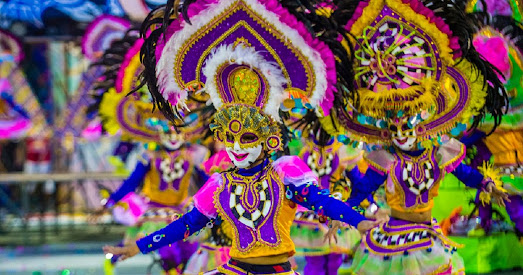Those who have never been to Malaysia will always be skeptical about what this marvelous kingdom has to offer. Once you hear the word MALAYSIA, basically the first thing that will come to your mind is the PETRONAS TWIN TOWERS where the movie "ENTRAPMENT" was shot, or maybe most of us will have heard of its famed TEH TARIK, a hot tea beverage. So what else is there to this little piece of ASIA? As an underrated tourist destination in Asia, discovering MALAYSIA is a little bit exciting and surprisingly amazing. Traveling in Malaysia is never a boring experience, a lot of places you will never expect to be found here. Well, I was stunned by its LUSH GREENERY throughout the country. From its upland scenery, seashore horizon, and deep down to its diving spectacle, Malaysia is boasting quite a few marvelous wonders and then some.
CAMERON HIGHLANDS for sure will give you a great deal, it is one of the highest areas in mainland Malaysia. It is famous for its cool climate butterfly farm, strawberry plantations, rose gardens, and especially the tea plantation. Malaysia is one of the largest producers of tea in Asia. If some countries in Europe are famous for their vineyards (GRAPES PLANTATION), I guess these TEA PLANTATIONS would be the Asian counterpart for those. You can also enjoy its green scenery and famous hill resorts.
PENANG is famous for its CENTURY OLD SHOP HOUSES and COLONIAL VILLAS, BEACHES, and its food. PENANG's cuisine varies from Chinese, Nyonya, Malay, and Indian which can be best enjoyed at GURNEY DRIVE, PULAU TICUS, NEW LANE, SWATOW LANE, just some of the places I know that will surely arouse your palate.
MELAKA, what interests me is the BUTTERFLY and REPTILE SANCTUARY wherein you can see various beautiful butterflies and different species of reptiles, snakes, scorpions, and other insects. It is educational for me especially and I'm sure the young ones will appreciate these nature's gifts. Since I opted for a summer vacation, definitely won't be gone from my list is "the BEACH!!!". The BEACH RESORT will surely fire your summer HOT, with its stunning location surrounded by palm trees, white-sand beaches and turquoise sea - certainly very comparable to some noted beaches in the Asian region. Well, can't get enough of the beach, for definitely, I am a beach buddy.
Due to the shortage of time, I wasn't able to see the entirety of this country. Well soon I will be, there will always be a second time around and we'll see what more Malaysia has to showcase. Till NEXT TIME. IT'S JUST A SMALL PART of MALAYSIA I CONQUERED SO TO SPEAK, BUT I BELIEVE THERE'S A LOT MORE and a LOT TO DISCOVER IN THIS MAJESTIC KINGDOM. SURPRISINGLY MALAYSIA!
#malaysia #melaka #cameron #penang #whattodoinmalysia #wheretogoinmalaysia#trulyasia #malaysiaigers #lawakhambar #malaysiaku #negerisembilan #malaysiatrulyasia #malaysiatrending #melaka #johor #kelantan #kualalumpur #melaka #cameron #penang #whattodoinmalysia #wheretogoinmalaysia #trulyasia








































